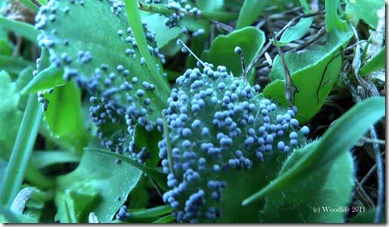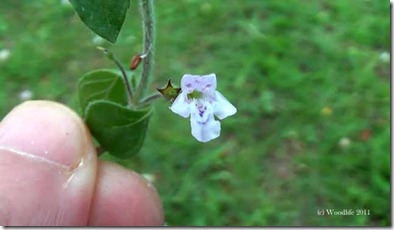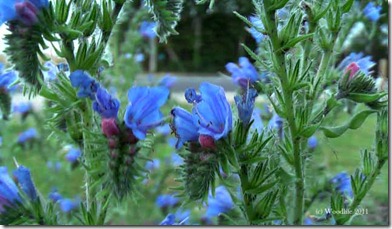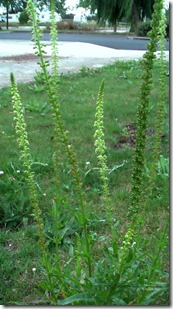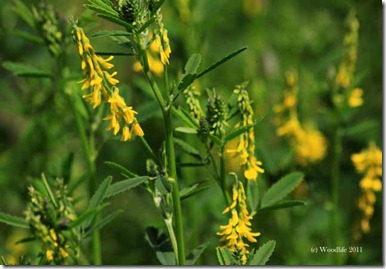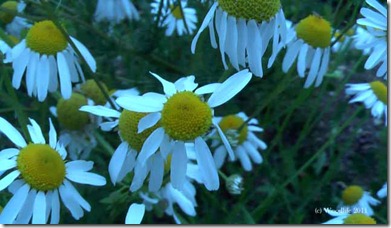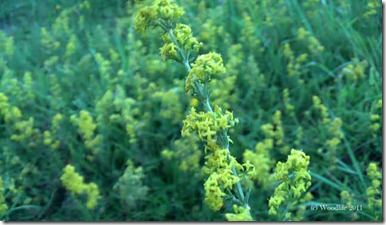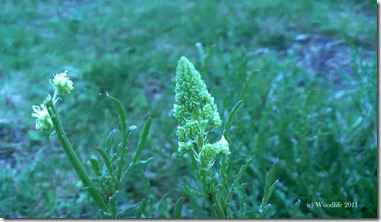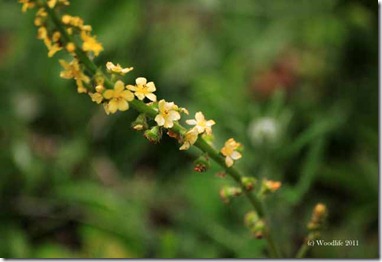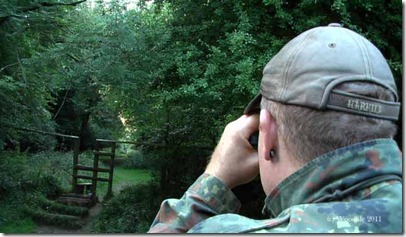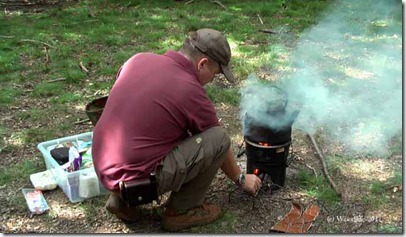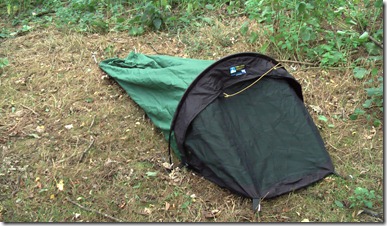
Today was the first day I’ve been able to get out for a week because of a lung infection. It’s strange that every time I don’t feel well, a parcel arrived during that week. I can’t work it out! I call it retail rehabilitation.
I’ve been looking at an alternative for the Snugpak Stratosphere for a while. The Snugpak is pretty good but there’s a couple of things I don’t like. The main thing is mossi net which, when zipped up, nearly garrottes you as it hangs straight down instead of following the sloped line of the bivi bag like its outer material and secondly, the material itself is very sweaty.
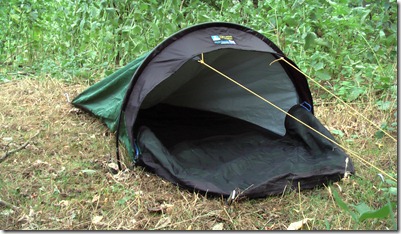
The nearest hooped bivi bag to the Snugpak is either the Highlander Falcon (which is very claustrophobic, having no vents except on the top) and the Terra Nova Jupiter , which has always been cost prohibitive. That is until now. Sports Direct has slashed nearly a hundred pounds off the Jupiter. Even so, it’s pretty expensive at £190 but I took the chance and ordered up.
When I got it out of the bag, I was amazed at how light it was. It’s actually described as 300 grammes lighter than the Snugpak. The 6 pegs are very light weight aluminium, which helps. So does the single pole for the hoop instead of two for the Snugpak.
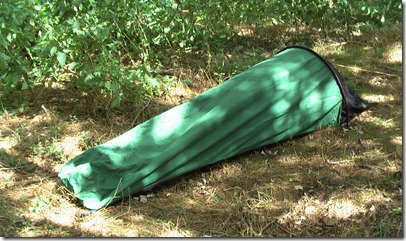
The reviews bemoan the lack of length, and I suppose if your over 6foot you could have a bit f a squeeze, but when do you lay out straight? It’s fine if your under this height.
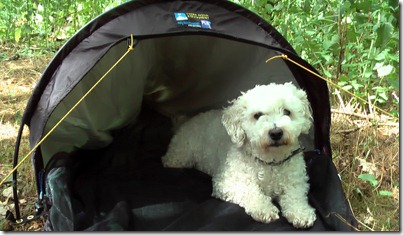
It’s big enough for Bill, but then again, he is a little dog.
The single pole goes through a sleeve and connects to two holes each side of the hoop. It’s surprisingly stable if you use two pegs in the provided holes next to the poles, but there are two guy lines supplied for you to peg out to the front of the Jupiter. Two further pegs secure the foot end.

Not many reviews show you how the front zipped arrangement works. Both the mossi net and the outer material have double zips, therefore you can leave an opening anywhere you choose, or, of course, do it up completely or leave one or the other down completely. This is a great arrangement and much more flexible than the Snugpak and great for watching wildlife while under cover. Even with both mossi net and outer completely zipped up, you don’t feel claustrophobic because of the gentle sloping front of the bivi.
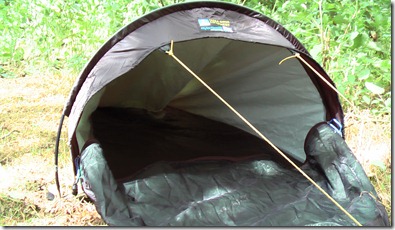
The inside of the bivi bag is an off white colour which also helps to prevent one being claustrophobic when everything is zipped up.
This is a low profile sleeping solution and therefore, unless you bring along a very lightweight tarp, not really suitable for lengthy excursions, or if you know it’s going to hammer it down with rain. For low profile overnighters while watching wildlife it’s superb. The only bgg downside is the lack of a side entry zip, which is a big thumbs up for the Snugpak. Time will tell if it get’s more use over the years than the Snugpak, but all indications so far are positive .
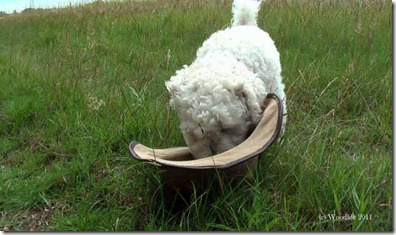
All this reviewing is thirsty work! By the way, I listed all the reviews I’ve done on this blog (some are pretty old!) It’s available from the main menu at Pablo’s Area>Kit>Review Index.
Thanks for the visit.
 Sorry Ken. Had to get that in!
Sorry Ken. Had to get that in!